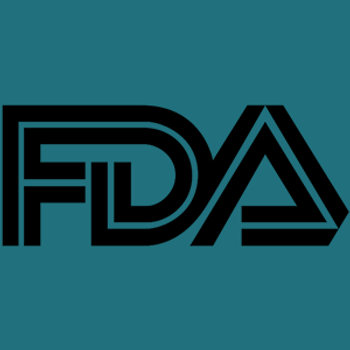
Fostering Collaboration in Cell and Gene Therapy Research
Nathan Yozwiak, PhD, the head of research at the Gene and Cell Therapy Institute at Mass General Brigham, discussed the Institute’s efforts to bring about clinical translation of preclinical work.
Helping investigators doing preclinical research on cell and gene therapy to bring their programs to the clinic is a key goal of Mass General Brigham (MGB)’s Gene and Cell Therapy Institute (GCTI). Fostering collaboration between experts in different niches is an important part of this process.
CGTLive® spoke with Nathan Yozwiak, PhD, the head of research at the GCTI, at
CGTLive: Can you give some background about the GCTI?
Nathan Yozwiak, PhD: The GCTI at MGB is a relatively new institution we created about a couple years ago really to bring together the researchers from across the MGB ecosystem. MGB is an enormous academic medical center. We have hundreds of different researchers that work on gene and cell therapies, and a lot of them specialize in a particular disease area or a particular area of technology. What our institute tries to do is help those investigators advance those programs into the clinic. We do a lot of early stage to translational stage research focus, and our goal is really to develop new therapies for patients that come to MGB for care.
Is there anything specific GCTI is working on that you want to discuss?
One of the things we've learned in creating this new institute that we think is a really interesting model for how to do this within the academic medical centers—we think that there's a really unique role for academic research to play in gene and cell therapies—the typical pipeline of development of a new gene or cell therapy is early stage research in an academic lab, then "something, something" then it becomes a new drug. Well, those steps in between require a lot of help from a really diverse team that has expertise in regulatory, in manufacturing, and in clinical development. What our institute tries to do is to bring together a team within our institute that other investigators from across the ecosystem can use to advance their programs. They can also use this to apply for funding and also to commercialize those entities as well. So we bring a pretty efficient model to help individual academic labs have a really strong development team behind them, and hopefully speed up the translation of new gene and cell therapies.
What makes the Institute unique in the field?
One of the uniquenesses is our scale. We're one of the largest academic medical centers, so that allows what we build to be used by a lot of different investigators. There's so many different things we're working on, spanning areas of gene editing, cell therapy, gene therapy—a lot of novel technical modalities. One of the things that I think gives us a unique advantage is that sometimes those pieces can be combined in unique ways. [If] you have an expert on a particular disease area, who may not be an expert in gene editing, we can pair those people up to develop a new therapy. That scale allows us really to piece those pieces together to create a new therapy. At the end of the day, developing any gene therapy is a massive team sport, and to have that scale is a unique advantage.
Is there anything else you want to add about GCTI?
One other thing that we're really excited about at GCTI are a couple of our research cores that have opened and launched that we're debuting this year. We have a really unique capability of manufacturing circular RNA, which is a really powerful new RNA modality. We're open to collaborators from the academic side and from the industry side to work with us on manufacturing custom circular RNA, and we have a space in the booth advertising those services. So we're really looking to expand our offerings to other collaborators from across the ecosystem beyond just MGB.
What are your thoughts on ASGCT in general this year?
I always find ASGCT to be a really inspiring conference. I've been coming for years now, and it's always remarkable to track the progress in the scientific research. I find it inspiring. I always come away with really good ideas for our own work, and always run into new faces. I like the scale of the conference. It's a size where you can walk around and see familiar faces.
But from a scientific standpoint, it really is a lot of the most cutting edge work in gene and cell therapy. This is a field from a scientific standpoint that's really reaching a certain age of maturity, such that a lot of new programs are about to get into the clinic. So it's a really exciting time for the field.
This transcript has been edited for clarity.
Newsletter
Stay at the forefront of cutting-edge science with CGT—your direct line to expert insights, breakthrough data, and real-time coverage of the latest advancements in cell and gene therapy.











































